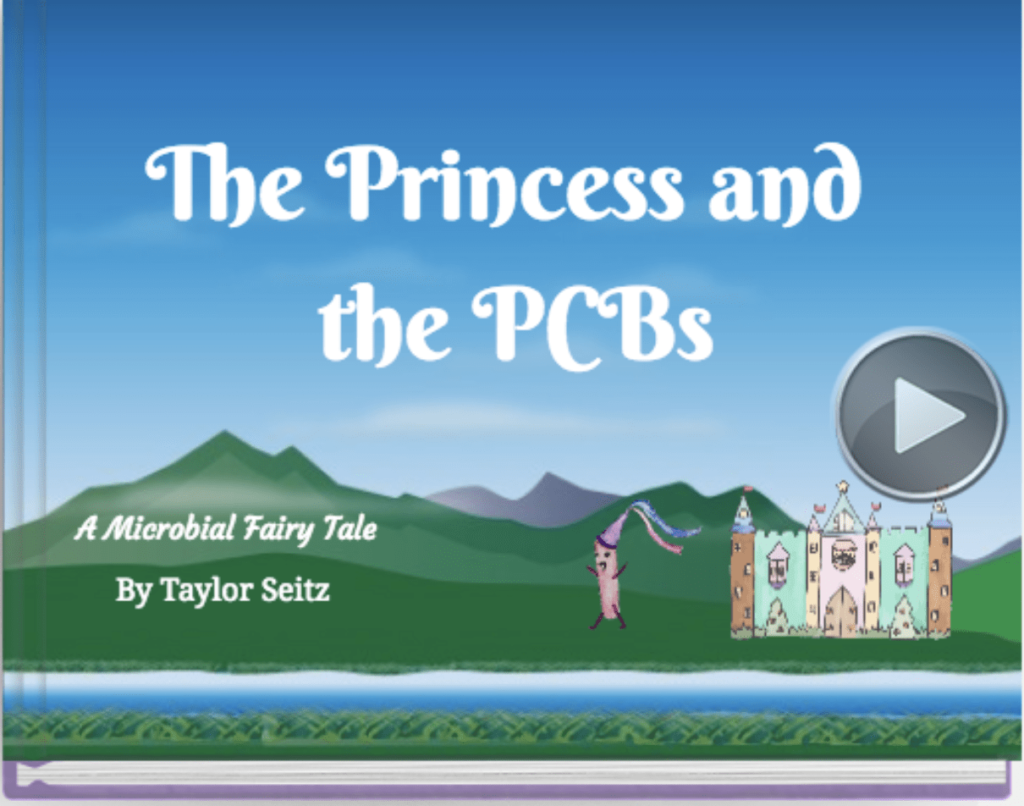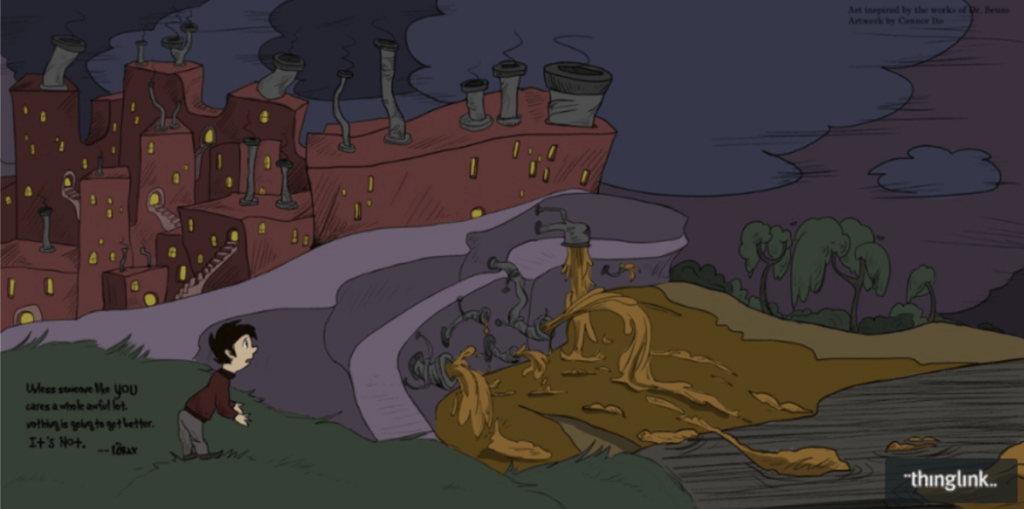Integrating arts, and humanities into the science classroom
In order to better prepare graduates for the challenges of work, life, and citizenship, the National Academies of Sciences, Engineering, and Medicine recently issued a report urging institutions of higher education to integrate the arts and humanities with science, technology, engineering, math, and medicine (STEMM) education [1]. The first Teaching Tip in this series focused on this report and considered several programs and efforts at UAF that encourage interdisciplinary collaboration. This second tip in the series highlights one effort to integrate the arts and humanities, specifically technical and creative writing, into the UAF science course Environmental Microbiology (BIOL 457/657), which was offered spring 2018. Associate professor Mary Beth Leigh, of the Department of Biology and Wildlife, taught the course with input from associate professor Sarah Stanley, director of University Writing.
Environmental Microbiology is a writing-intensive course that attracts undergraduate and graduate students majoring in Biological Sciences, as well as others from various natural sciences and engineering fields. Previous alumni of this course have entered graduate programs and/or become employed in state and federal agencies, environmental consulting companies or academia, where writing is an essential component of their work, whether in the form of journal articles, technical reports, newsletters, fact sheets for the general public or the ubiquitous email. In order to prepare students for their future careers, one explicit learning goal was to strengthen skills in writing about science for both technical and general audiences. Writing projects in the course also helped to reinforce learning of basic scientific content and development of critical thinking skills by stimulating higher levels of thinking.
Storytelling was the core theme of the writing projects in the course. Students learned about storytelling and story structure by attending a Science Storytelling workshop offered by Rob Prince, associate professor of journalism, and by reading excerpts from the book Writing Science by former UAF faculty member Joshua Schimel [2]. Class discussions of scientific journal articles provided opportunities to evaluate technical papers in the context of storytelling paradigms. Working in four groups of five to six students, students developed three major writing projects over the course of the semester that culminated in interactive posts on the publicly accessible Environmental Microbiology course website, which was designed by Kendell Newman Sadiik, an instructional designer for UAF CTL. For each project, students were responsible for creating one individual post and then interconnecting them within a thematically unified group post through various graphical storytelling strategies.
In the first assignment, each group created an interactive image using Thinglink software that readers can engage with to learn about the microbial communities found in various locations (e.g., humans, plants, animals, natural and built environments). Clickable links on images connect to individual student posts summarizing a scientific journal article. Students were challenged to write both a technical summary and a non-technical summary targeting a general audience in their Microbial Community Thinglinks.
Their next project, the creation of Biogeochemical Cycling Coggles, required the synthesis of information from multiple sources into an interactive mental map targeting a scientific but non-expert audience (using Coggle).
The final writing project, focused on contaminant remediation, afforded students full creative freedom to write in any style and to target the audience level of their choice. The only requirement was to follow a specific storytelling structure known as OCAR, which stands for opening, challenge, action and resolution [2]. Students developed delightful collections of children’s books, a Thinglink with an original Dr. Seuss-style drawing depicting a contaminated landscape, and a realistic fictional email exchange (inspired by novels written in the form of letters such as “Dracula”) about the response to a newly discovered contaminated site. Explore their Contaminant Writing Projects.
“Microbial Communities of Mt. Prindle, AK’, a student group writing project using the interactive graphic storytelling system, Thinglink. Explore this and other related projects here.

“The Princess and the PCBs” by student Taylor Seitz, one of several children’s storybooks developed by students about the use of microbes to remediate contaminants. Books were created using a web-based book-writing program (Storyjumper). Read this book and explore other creative writing projects about contaminants.

Original artwork by student Connor Ito, inspired by Dr. Seuss, developed as the unifying image for a group writing project about contaminants in the environment.
References
- National Academies of Sciences, Engineering, and Medicine. 2018. The Integration of the Humanities and Arts with Sciences, Engineering, and Medicine in Higher Education: Branches from the Same Tree. Washington, DC: The National Academies Press. doi: https://doi.org/10.17226/24988. Prepublication: https://nap.edu/24988.
- Schimel, J. (2012). Writing science: how to write papers that get cited and proposals that get funded. OUP USA.
Mary Beth Leigh
Associate Professor of Microbiology
Mary Beth Leigh is an associate professor of microbiology with the UAF Department of Biology and Wildlife.


